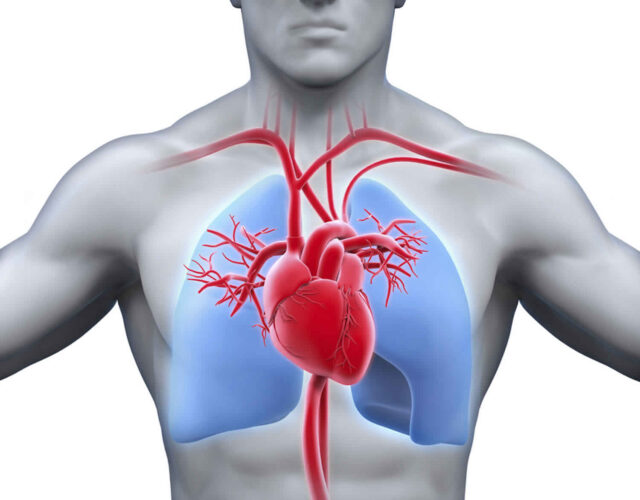
Cardiopulmonary PT is a field of physical therapy that has been rapidly growing in recent years. It often overlaps with cardiac and pulmonary rehab, which include many of the same treatments. This blog post will explore the basics of cardiopulmonary PT, what services are offered, how they differ from other fields of physical therapy, and why this area is so important for patients with chronic issues or who have had heart or lung surgery.
What is Cardiopulmonary PT?
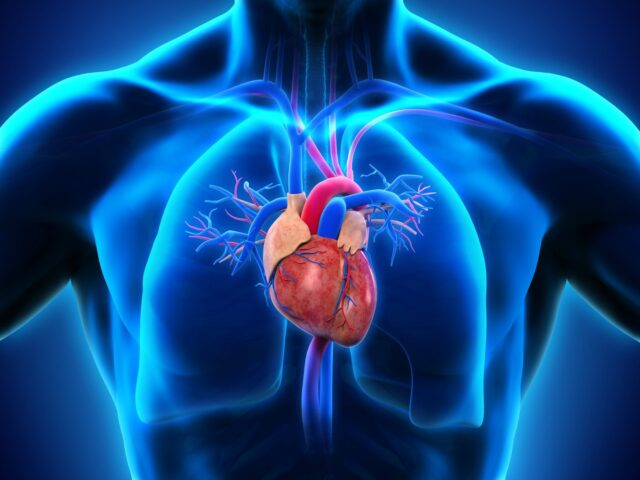
Cardiopulmonary physical therapy is dedicated to improving and maintaining heart and lung health. These physical therapists work with patients of all ages, from infants to the elderly. Depending on their education and experience they may work in different settings such as hospitals or clinics, outpatient programs or at-home care. Most cardiopulmonary physical therapists will also see patients one-on-one in a private setting. For more information, click here.
What do Cardiopulmonary PTs do?
Cardiopulmonary physical therapists are experts in diagnosing and treating many different issues related to the heart, lungs, or circulatory system. Some examples include:
- High blood pressure
- Respiratory diseases such as COPD or asthma
- Heart failure
- Chronic lung disease including cystic fibrosis (CF) or
- Congestive heart failure (CHF)
Cardiopulmonary physical therapists will also help patients recover from a cardiac or pulmonary event, such as a stroke, pneumonia, COPD exacerbation, coronary artery bypass surgery, and more. They may work with patients to prevent future strokes or other cardiac events by helping them manage their risk factors.
Cardiac Rehabilitation
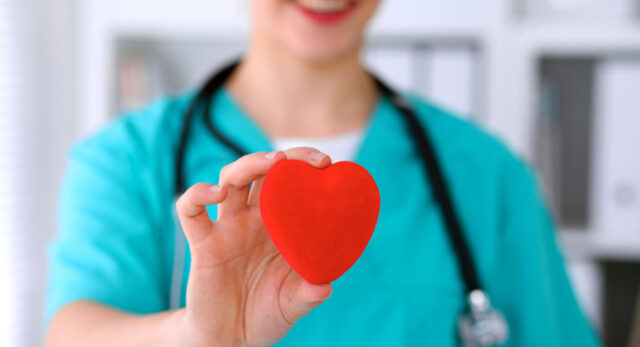
Cardiovascular rehabilitation can help those who have had a heart attack, angina, stroke, or another type of cardiovascular event recover and improve their strength. When undergoing cardiac rehabilitation, there is a lot of interprofessional collaboration between doctors, nurses, psychologists, dieticians, pharmacists, and physical therapists.
Pulmonary Rehabilitation
Pulmonary rehab may be needed by those who have chronic lung diseases such as COPD (chronic obstructive pulmonary disease) or asthma, as well as those recovering from acute respiratory issues like pneumonia. It helps patients increase awareness of their lungs as well as their breathing patterns.
Like cardiovascular rehab, it is administered by a team of healthcare professionals. While it may begin in an inpatient setting for more serious cases, it will usually include an outpatient phase.
Pulmonary rehabilitation typically includes:
- Nutritional counseling
- Education
- Breathing strategies
- Exercise training
- Psychological counseling
- Relaxation techniques
- Energy conservation techniques
How do Cardiopulmonary PTs work with patients?
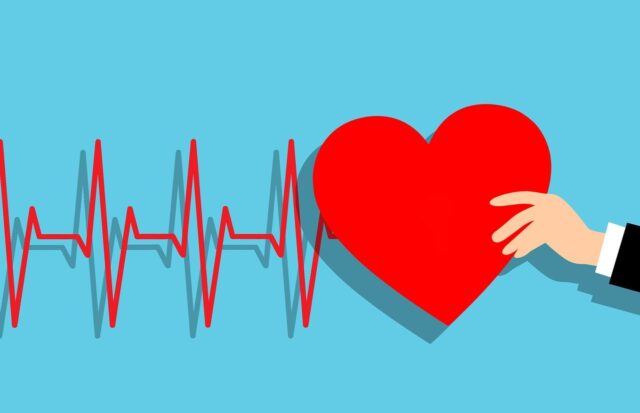
Since cardiopulmonary physical therapists are experts in diagnosing and treating many types of cardiac or pulmonary problems, they must also be able to treat them holistically. They not only look at the heart or lungs alone but instead focus on how everything is connected, including the brain, muscles, and circulatory system.
One of the primary things that they focus on with patients is breathing. Most people do not realize how important proper breath control is, but it can make a huge difference in the patient’s life. When you are out of breath or winded after walking up one flight of stairs, that means your cardiopulmonary system was unable to provide enough oxygenated blood throughout your body on time at an appropriate rate. If this continues over time it could lead to other problems, so making sure your breathing patterns are healthy is very important.
Cardiopulmonary PTs will also work with patients on certain exercises that can help strengthen the heart and lungs as well as increase endurance through energy conservation. This will not only improve overall fitness but help prevent future cardiac events or respiratory problems while reducing overall fatigue.
Another overlooked part of the cardiopulmonary physical therapy process is the learning of relaxation techniques. When people feel stressed or anxious, they often breathe rapidly and shallowly which will make them even more tired. Cardiopulmonary physical therapists can help teach people how to reduce their stress levels at home through different relaxation techniques like deep breathing exercises. Similarly, when a patient is resting, they still must control how they use their energy so as to feel better throughout the whole day.
How to find a Cardiopulmonary PT
If you have been diagnosed with a cardiopulmonary condition, it is important that you work closely with your healthcare team so they can monitor your progress and make any necessary changes or adjustments along the way. This includes finding a physical therapist who specializes in this area because they will be up to date on the latest treatments and techniques.
Choosing a cardiopulmonary physical therapist is just like any other type of medical professional that you may choose for your healthcare team, but there are some specific things you should look out for when making this decision:
- What experience do they have with people who suffer from the same conditions as you?
- Where did they study and what they specialize in?
- You can ask to see some references of other patients who have worked with them before, especially if you are looking for someone more specialized like a cardiac or respiratory PT instead of one that does it all.
Tips for a Successful Recovery
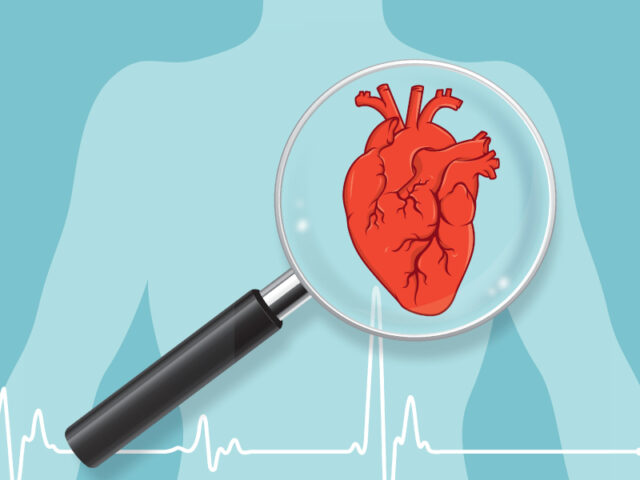
Understand that cardiopulmonary PT is part of the bigger rehabilitation picture and that every part of the process supplements the others. Focus just as much on the other components of your treatment (such as diet and psychological counseling) as you are on your physical therapy. When you focus on all of these, you’ll see improvement in your physical therapy performance as well.
Always listen to your body. If you are not used to doing exercises, start slowly and build up over time. This is especially important when it comes to cardiac or respiratory rehabilitation because your body needs to be able to recover quickly so that you do not develop any other symptoms in the process.
If your lifestyle requires a lot of physical labor, then make sure that whatever job you get after you recover is one that will not put too much stress on your body. This may require some lifestyle changes, but having a job where you are active and moving around all day can be just as dangerous for someone who has had heart surgery or a respiratory problem as it would be for somebody else.
Make sure you are consistently paying attention to your form. As with all exercise, cardiopulmonary PT involves a risk of injury if you are not using the proper form. This is especially likely if your therapist has given you new exercises to try at home, so be sure that you understand how to do them properly before performing them on your own.
Don’t get discouraged if you feel like you are not making progress. In the beginning, it is normal for there to be a lot of setbacks and slow coming improvements because your body needs time to adjust itself to these new activities. Just stick with it, have patience, and remember that every little step counts in your recovery!
Final thoughts
There are many different ways that a cardiopulmonary physical therapist can help you to recover from your condition, but it is important that they all work together as part of a cohesive treatment plan. Just make sure you choose the right one and give yourself time for each step of the process so that everything works out well in the end!










